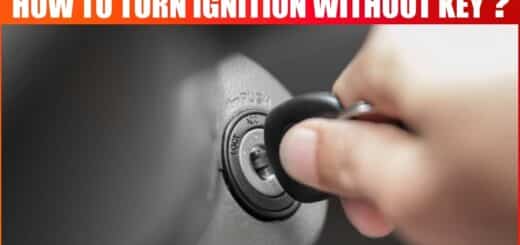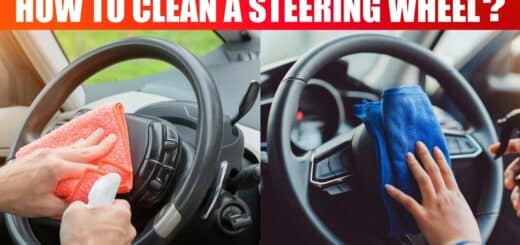Parts of Car: 50 Parts of the Car and Their Functions [Pictures & Names]
![Parts of Car: 50 Parts of the Car and Their Functions [Pictures & Names]](https://engineeringlearn.com/wp-content/uploads/2023/02/Parts-of-Car-1024x539.jpg)
Introduction
Parts of Car: 50 Parts of the Car and Their Functions [Pictures & Names]: – The car industry has developed step by step for an extremely long time. A car isn’t essential however a significant part of one’s transportation purposes. A user needs to have basic information about the vehicle’s working analysis parts. Each car is designed diversely and every part has various types and styles.
The significant component of a vehicle comprised a chassis, engine, transmission system, body, steering system, and braking system. It comprises numerous different components too.
Parts of Car
1. Engine: ( Parts of Car )
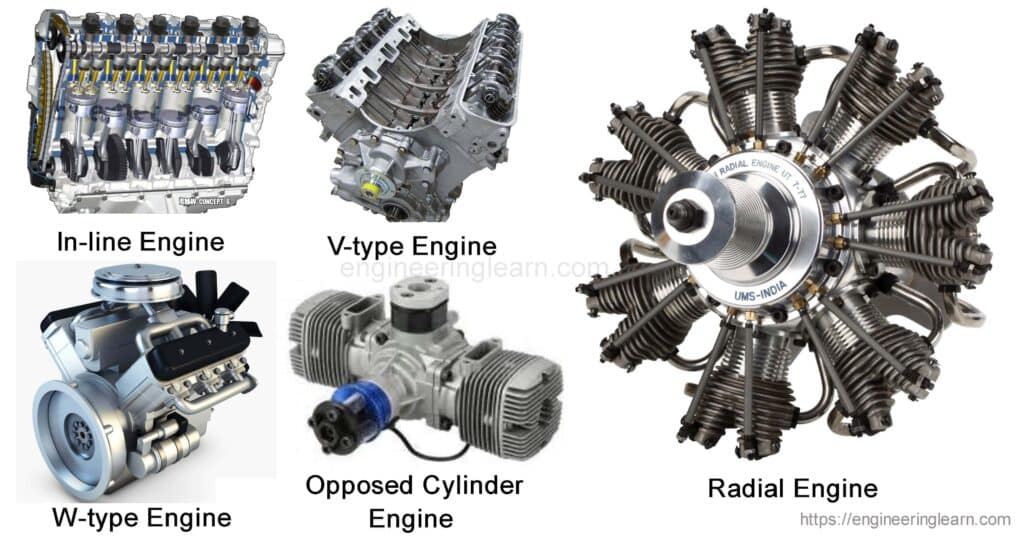
The engine of a vehicle (car) is the source of power for an automobile. It is an exceptionally vital part of a car on the grounds that without a trace of an engine, the vehicle may not move by any means, and its essential function of transporting travelers or merchandise wouldn’t be possible. The power produced by the engine decides the working of the automobile.
The engine generally is an internal combustion engine. This can be a spark-ignition engine consuming petrol as fuel or it very well may be a compression ignition engine using diesel as fuel.
Essentially, lubrication is one aspect of an engine requiring periodic consideration from the user. The moving parts in an engine require customary lubrication to diminish unwanted friction.
2. Chassis: ( Parts of Car )
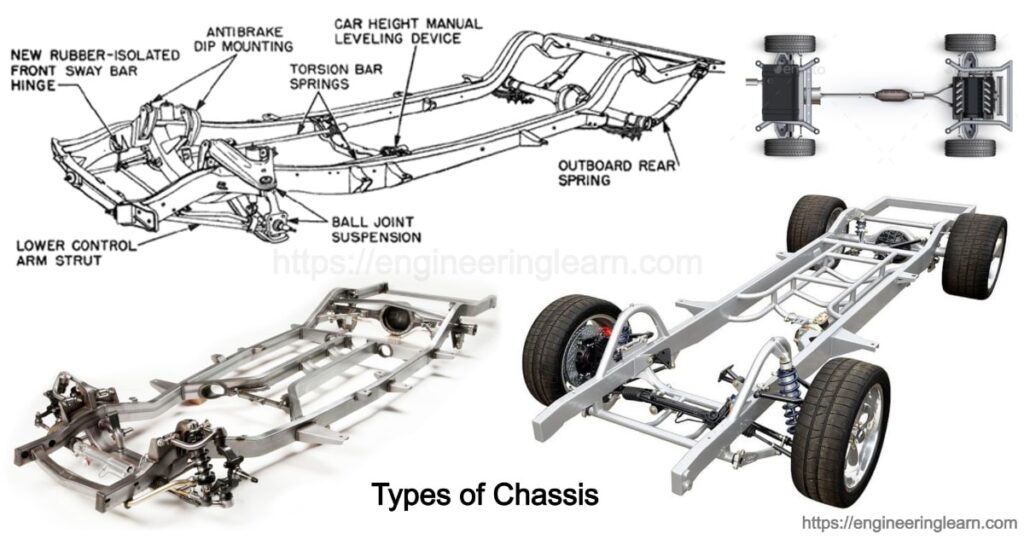
The chassis is the frame or design of the vehicle on which all the parts of the vehicle are mounted. The chassis of a car comprises the frame, suspension system, axles, and wheel as the principal parts.
The suspension system absorbs the vibrations caused because of the up and down movement of the wheels. This function is performed utilizing the springs and shock absorbers connecting the frame and the pivot.
3. Body: ( Parts of Car )
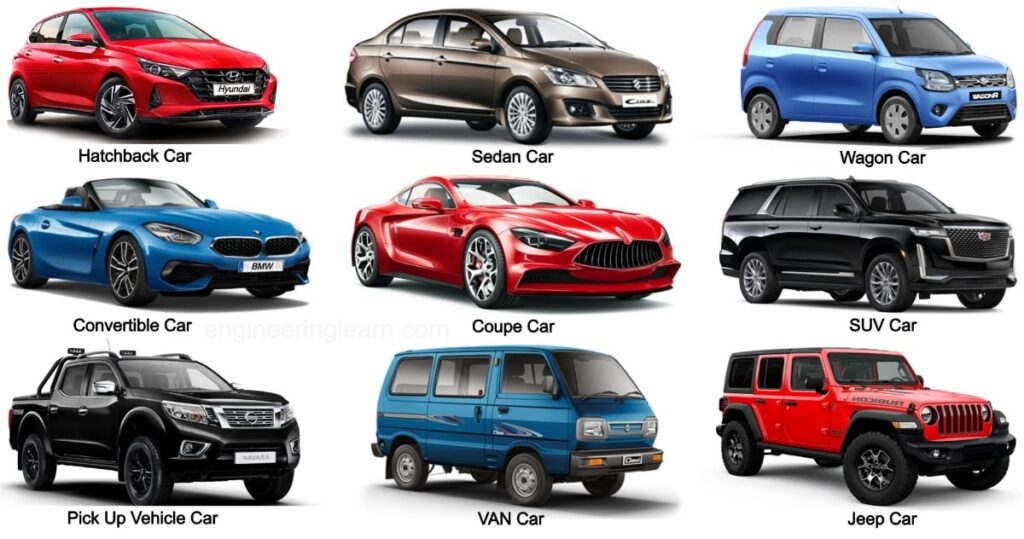
The body part of a car utilization of a different frame to which the body structure is attached is out of date with the exception of certain applications for heavy-duty vehicles. The sub-frame gets support from the mainframe and is fixed on it through a few reasonable rubber connections which isolate the engine vibrations. All the assembly units of the vehicles are attached to the body which likewise goes about as the casing, this is because of advancements in spot welding and sheet pressing methods.
4. Transmission System: ( Parts of Car )
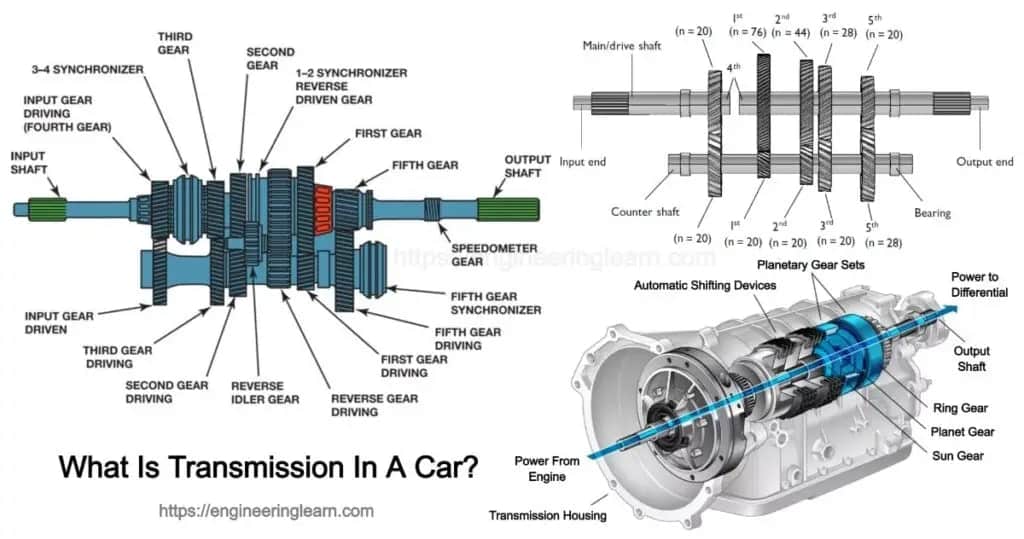
In a vehicle, the transmission system transmits the power developed by the engine to the wheels. This movement is transferred to the wheels to cause rotational movement and makes possible the movement of the vehicle. The motion is transmitted through these parts and all aspects of the transmission system carry out their role. The clutch is a part of the transmission system close to the crankshaft. Its function is to enable the rotating movement of one shaft transmitted to the subsequent shaft.
5. Steering System: ( Parts of Car )
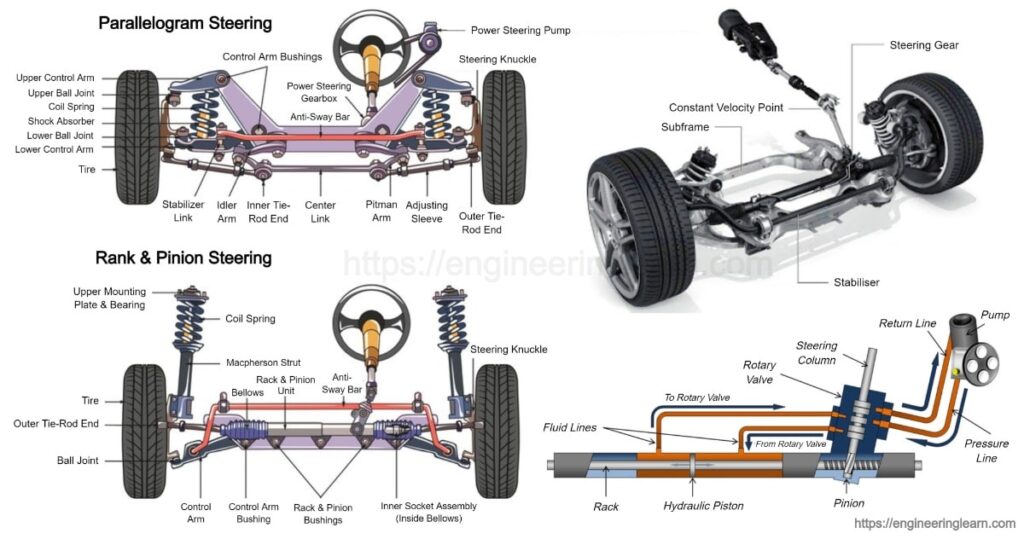
A steering system is utilized to turn the wheels of the vehicle and steer the direction of the car. While the recirculating ball had roundabout stuff to adjust the course, the rack and pinion utilized two sets of gear wheels opposite to one another to enact a simple as well as smooth shift in direction of the wheels.
6. Electrical System: ( Parts of Car )
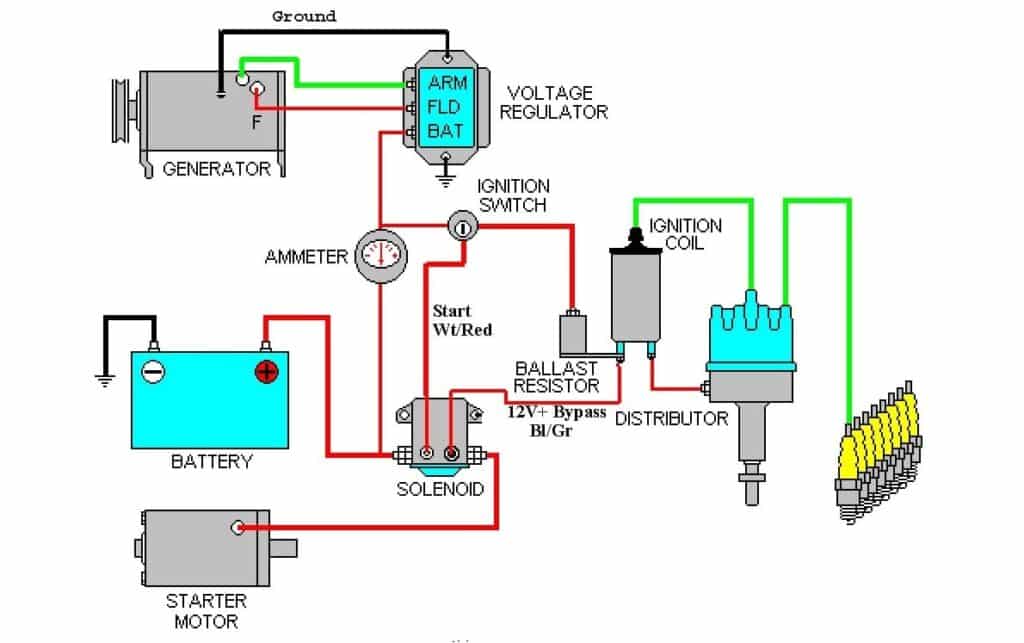
The electrical system is liable for the supply of energy to operate and power the engine and all the accessories. This system works persistently in unison with significant components like the battery, alternator, starting motor, radiator, and ignition coil.
7. Braking System: ( Parts of Car )
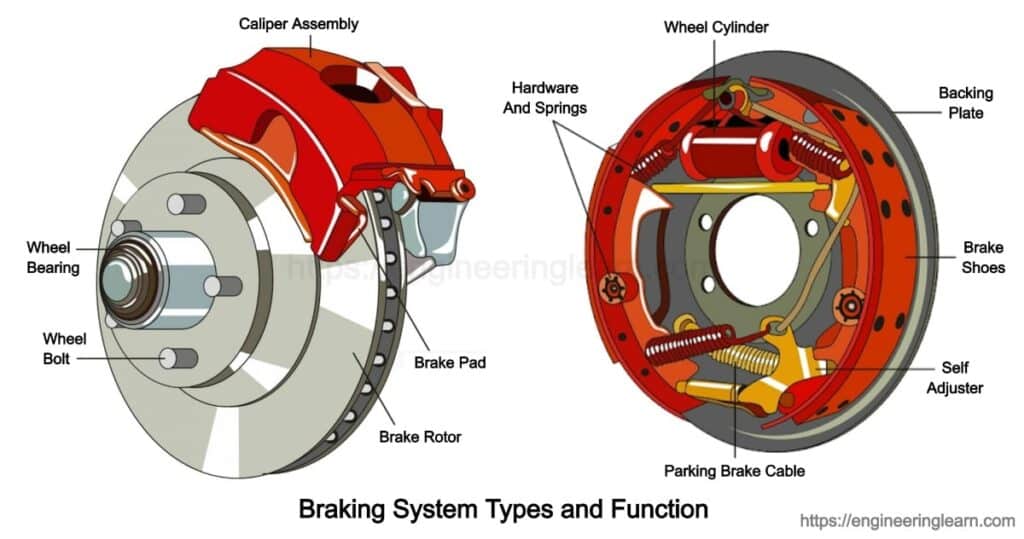
The braking system is an essential part of an automobile since the speed of the wheels should be controlled or totally stopped sooner or later. Major components include the brake pedal, ace chamber, caliper, brake pedal, master cylinder, brake drum, and linkages. The utilization of the master cylinder is to supply high-pressure braking fluid through the braking pipes to the drums for efficient braking.
8. Alternator: ( Parts of Car )
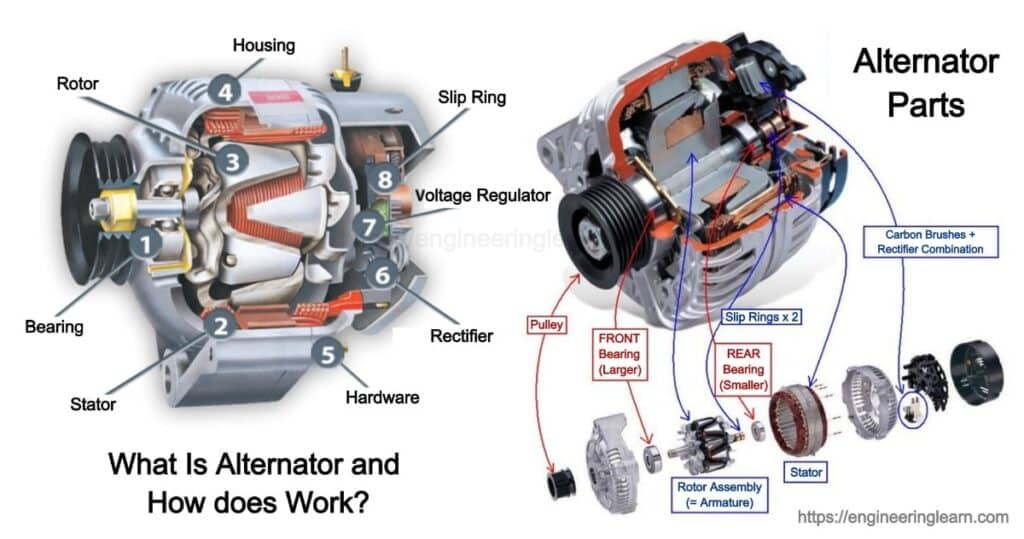
An alternator is a device liable for charging the battery of the car while the car is being driven. It likewise provides energy to the vast majority of the electrical parts in the vehicle, for example, headlights, power steering systems, power windows, windshield wipers, radio, and dashboard instruments.
9. Alternator Pulley: ( Parts of Car )

It tends to be described as a coil comprising magnets and is driven by the engine’s driving belt system. The magnets when driven spin and generate alternating current (AC) around the curl. This current is provided into the alternator’s rectifier and converted into DC power.
10. Serpentine Belt: ( Parts of Car )
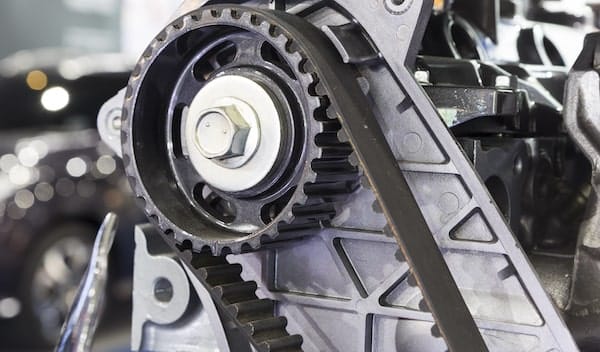
The serpentine belt is a long elastic belt that interfaces and drives various devices – the alternator, power steering pump, AC compressor, water pump, and radiator fan.
11. Radiator: ( Parts of Car )
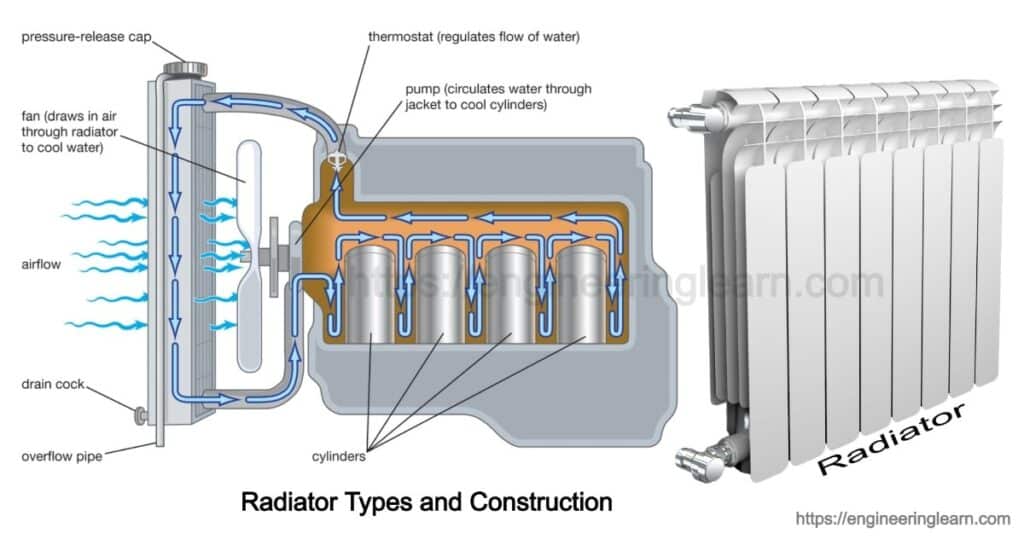
The radiator is a significant part of the car’s engine cooling system and assists to drain out the excess heat from the engine. The liquid coolant goes through the hoses and engine to absorb the excess heat and moves once more into the radiator.
The hoses resemble a piping system located over the engine for heat transfer. The passing of coolant over the engine releases the excess heat in the form of vapor and the hot coolant blends again in the radiator.
12. Cooling System: ( Parts of Car )
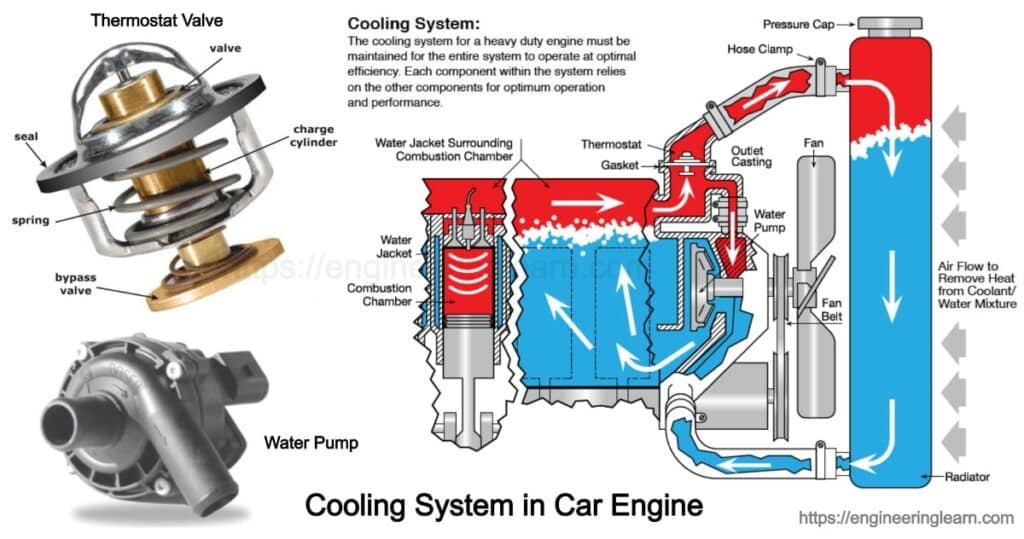
Internal combustion engine work at extremely high temperatures and should be operated at an efficient temperature for better execution and life of car engine parts. The temperature increase is because of the ignition of fuel with air inside the cylinder.
13. Ignition System: ( Parts of Car )
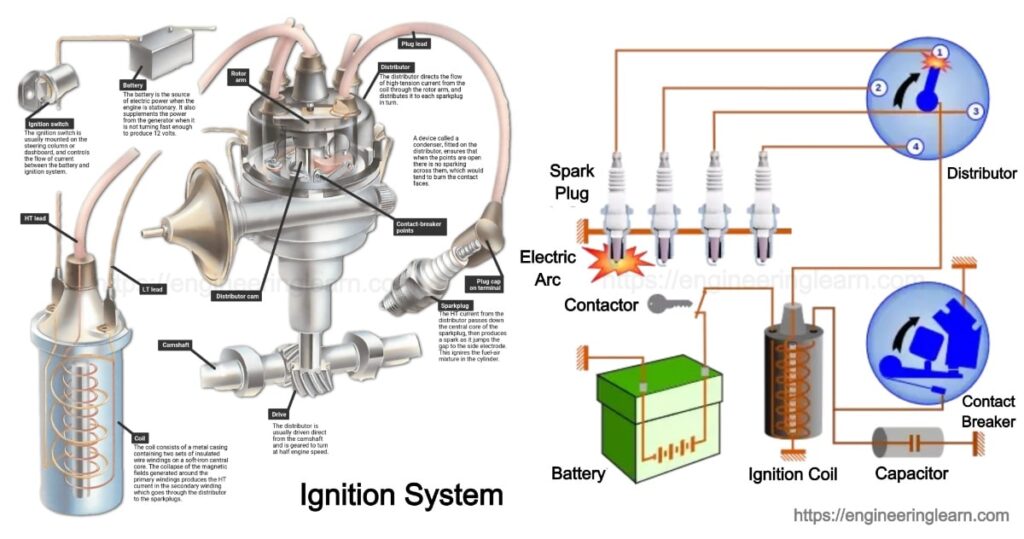
The ignition system is liable for self-starting the vehicle utilizing the either combustion of an air-fuel mixture or a high voltage spark. The system which utilizes a high-voltage spark is known as the spark ignition system (SI) and combustion of the air-fuel mixture is utilized in the compression ignition system (CI).
14. Lubrication System: ( Parts of Car )

An engine has a few complex components and it is essential to prevent wear because of the metal-to-metal contact. A lubricant is circulated between these moving components so the parts move over each other with minimal friction. This aids in reducing power loss because of friction.
15. Powertrain: ( Parts of Car )
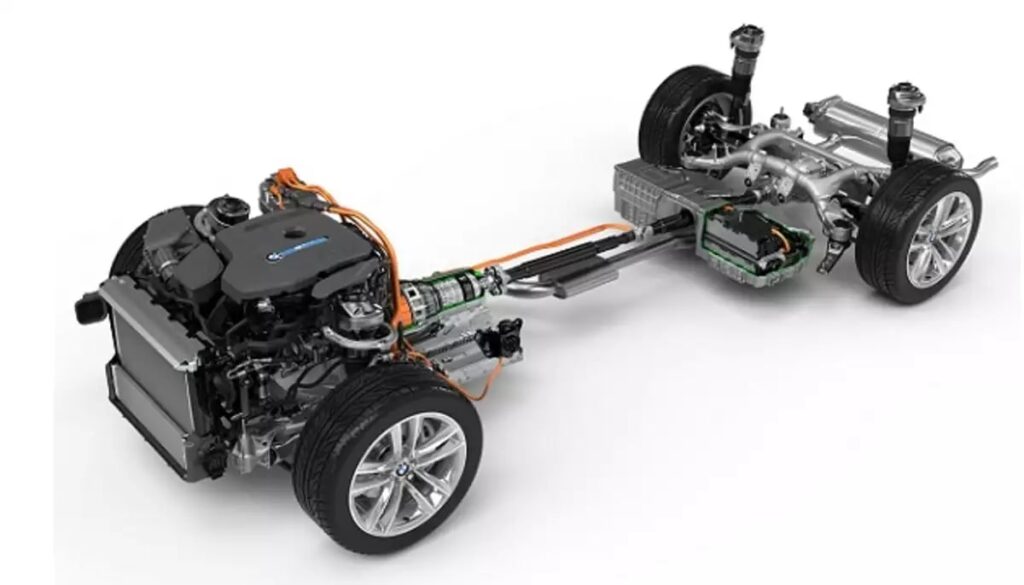
The powertrain in a car is everything required for the vehicle to work from well to wheel. The powertrain includes the clutch, transmission system, propeller shaft, differential, and axles.
16. Propeller Shaft: ( Parts of Car )
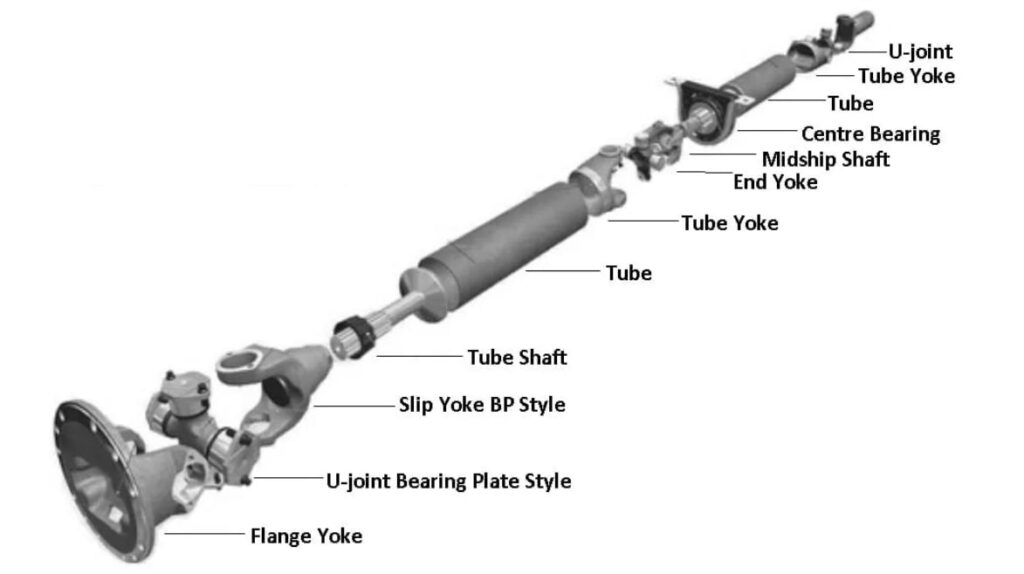
The transmission system creates the power according to the power provided. The power is moved to the wheels using the propeller shaft. It is in like manner called a driveshaft.
17. Clutch: ( Parts of Car )
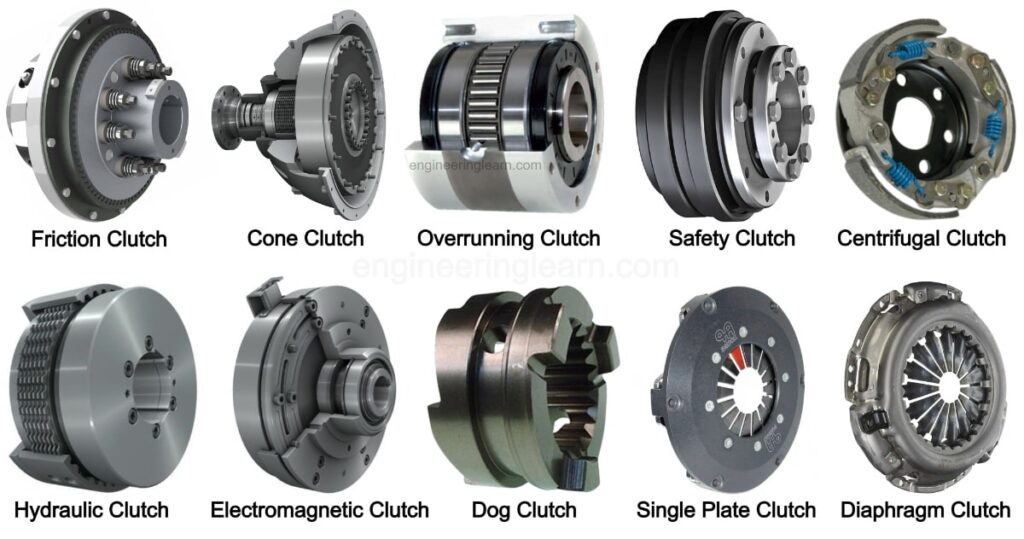
A clutch is likewise a significant part of a car that is inside the transmission system used to isolate the transmission from the engine crankshaft. Since the motor is continually running, the crankshaft rotates constantly. This can hinder the gear-changing process because of friction. Subsequently, a clutch is utilized as a connector between the transmission and the engine.
18. Differential: ( Parts of Car )
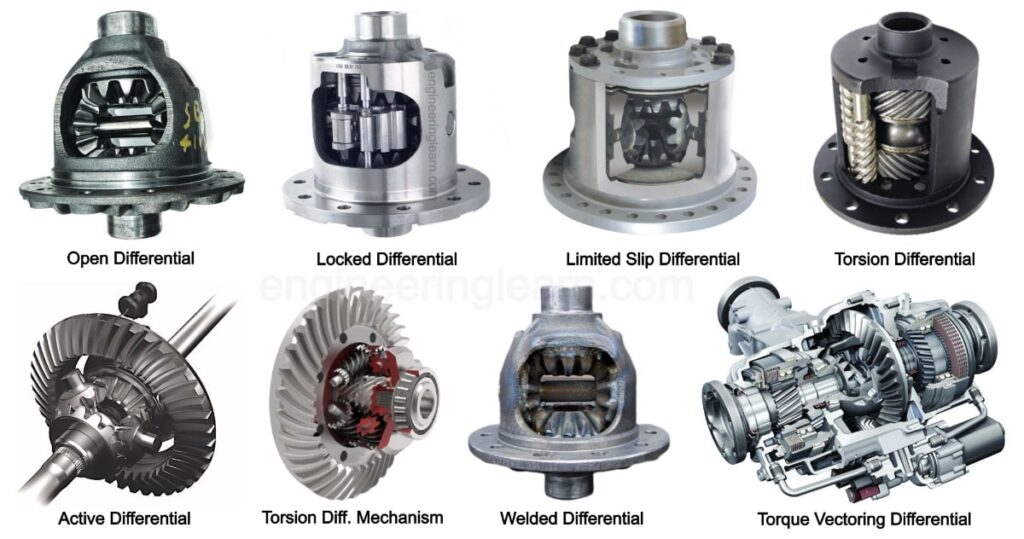
The power transmitted from the transmission is transferred as a rotational force through the propeller shaft. A differential feeds equivalent power to the two wheels at a smooth surface.
19. Axles: ( Parts of Car )
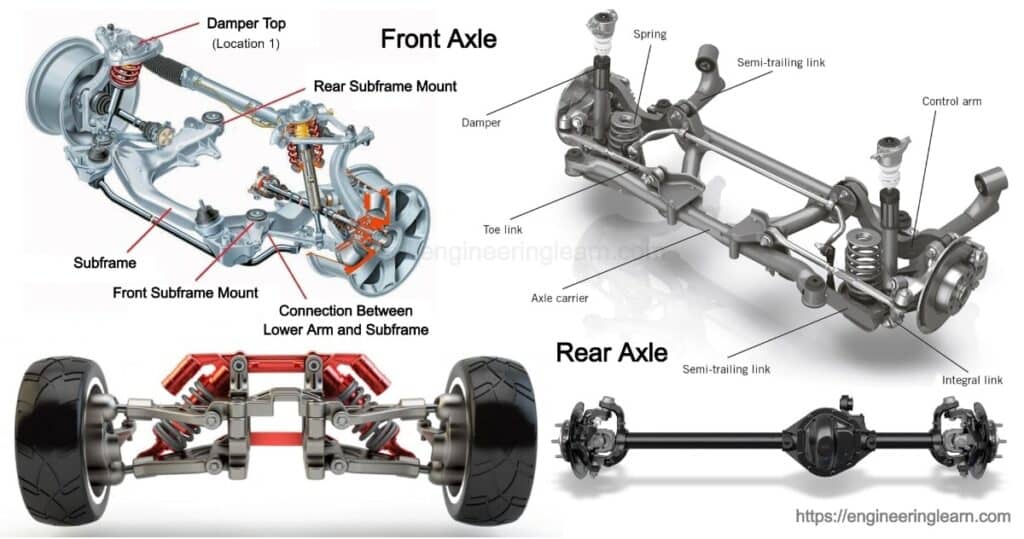
It is only shafted that are utilized to mount the wheels of two kinds to be specific, the Front axle and the Rear axle. The front axle is situated at the front end and it’s connected with the front suspension. Front axles are associated with the steering system and are responsible to turn while making turns.
20. Gear Shift: ( Parts of Car )

It is a metal lever utilized as an input device of the transmission system. In less complex words, a gear shift is utilized to draw in and disengage the gears for the movement of the vehicle.
While in manual transmission, the term gear shift is used referring to the shift lever for the change of gears according to torque using the clutch pedal; automatic transmission has a comparative lever known as a gear selector which has just forward, reverse, and neutral positions.
21. Timing Belt: ( Parts of Car )
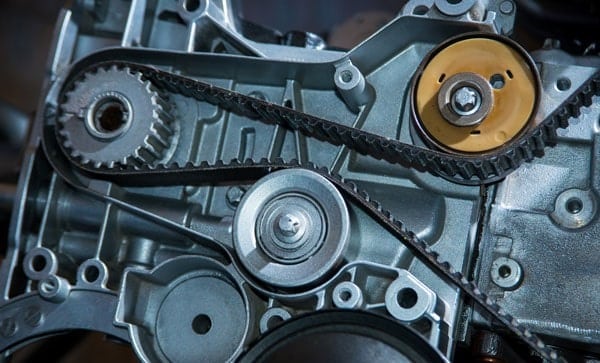
The timing belt is utilized to keep the crankshaft and camshaft in a state of harmony. It is situated inside the engine and its function is to ensure that the engine intake and exhaust valves open and close simultaneously in time with the pistons. It is a vital component of an engine, as it ensures the valves close so as to stay away from contact with the position and furthermore evades the mixing of particles in the intake and exhaust valves.
22. Shock Absorber: ( Parts of Car )
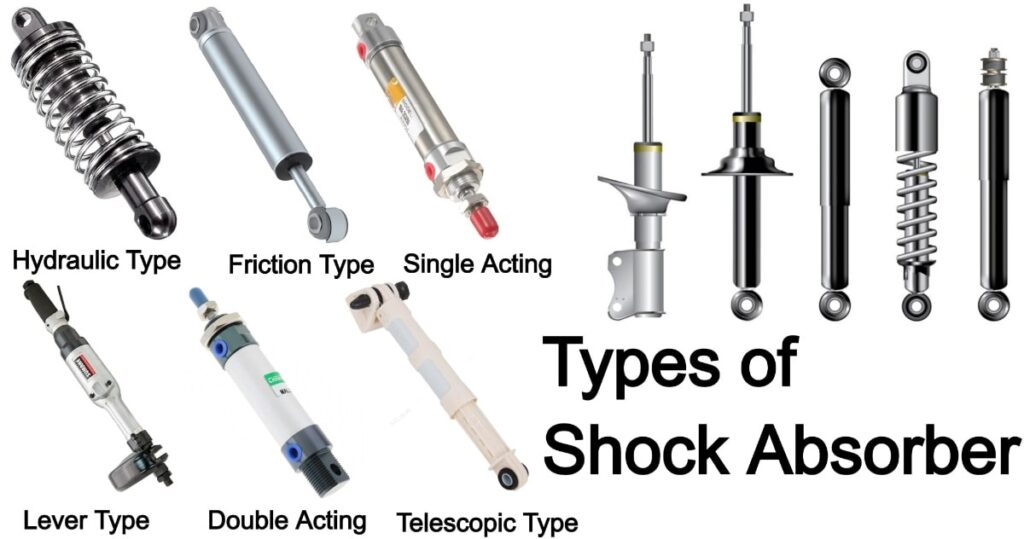
The suspension system on the vehicles goes through wear when impacted as frequently as possible because of uneven street surfaces. The role of a shock absorber is to limit the impact on the vehicle and adjust the spring into its original position after twisting with the assistance of a hydraulic pump comprising of highly viscous oil.
23. Suspension System: ( Parts of Car )

The primary function of the suspension system in a car is to limit the impact of irregularities of the road surfaces on the vehicle. The suspension system is liable for this function. It absorbs the vibrations caused because of the vertical motion of the wheels with the assistance of the springs, connecting linkages, and a shock absorber which compromises the suspension system.
24. Exhaust System: ( Parts of Car )
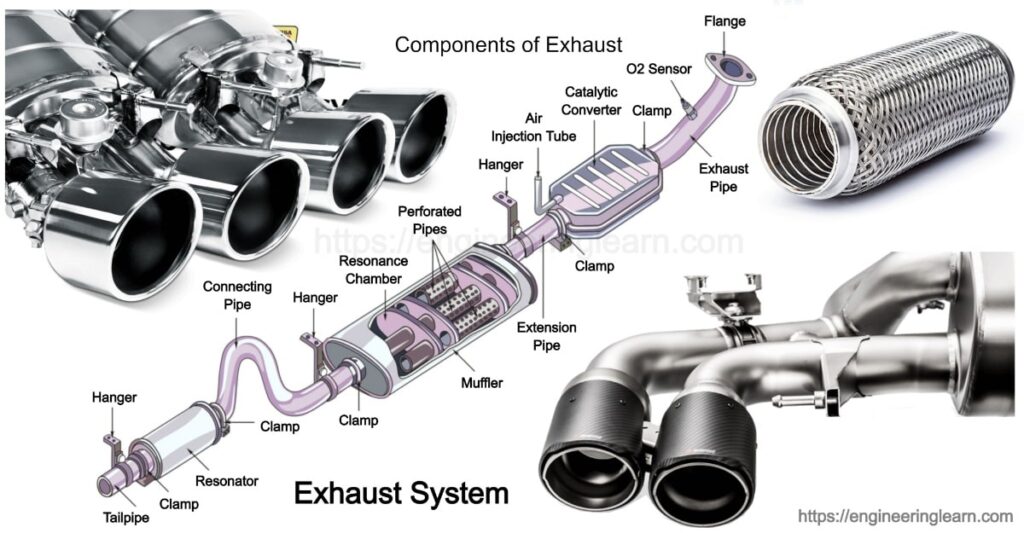
A system that utilizes controlled processes to guide the reacted gases from the combustion chamber is called Exhaust System. The exhaust system is liable for diminishing noise, diverting exhaust gases, and further developing engine performance and fuel consumption.
25. Exhaust Manifold: ( Parts of Car )
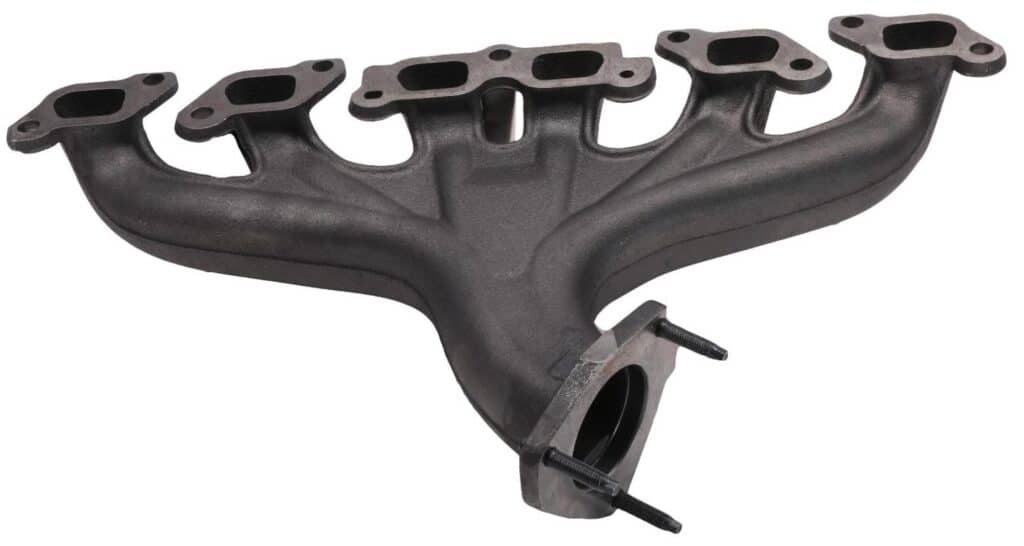
It is located towards the end of the muffler or suppressor and is called the Exhaust manifold. The purpose of an Exhaust Manifold is that exhaust air is released from the vehicle in the air. These are attached to the back of the vehicle with the help of a bracket.
26. Catalytic Converter: ( Parts of Car )
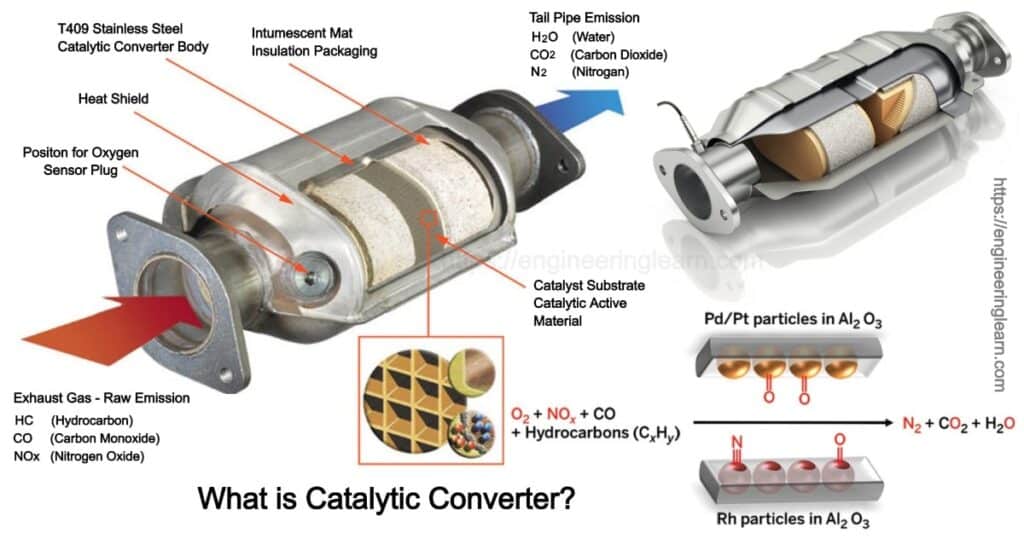
The catalytic converter is utilized to convert the harmful gases in the exhaust into CO2 and Nitrogen, which are less-poisonous pollutants by catalyzing a redox reaction.
27. O2 Sensor: ( Parts of Car )

Known as the Oxygen Sensor, it is mindful to calculate the oxygen content in the exhaust. It is positioned simply before the exhaust system, connected to the exhaust valve.
28. Mufflers: ( Parts of Car )
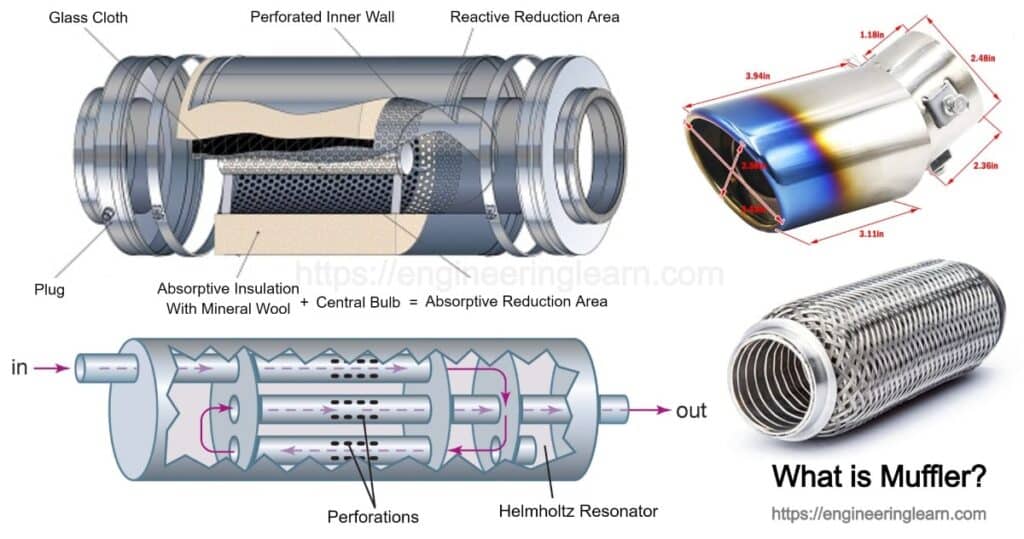
Mufflers work as dampers to the sound released due to the powerful exhaust strokes. Mufflers are comprised of steel and coated with aluminum to shield them from the heat and chemicals released during the process.
29. Resonator: ( Parts of Car )
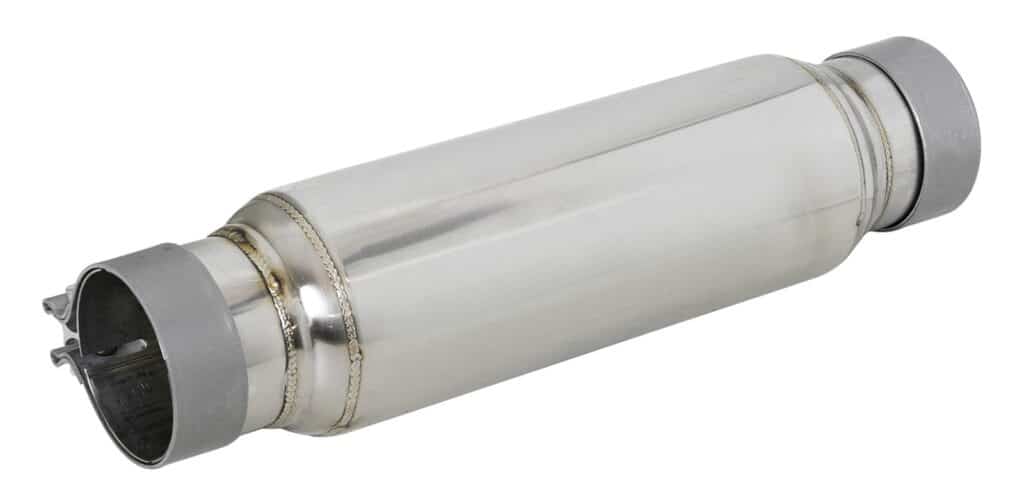
To control the engine noise, a resonator is used. Resonator is a chamber that is utilized to balance and change the sound so that it is additionally muffled by the muffler.
30. Electronic Control Unit: ( Parts of Car )
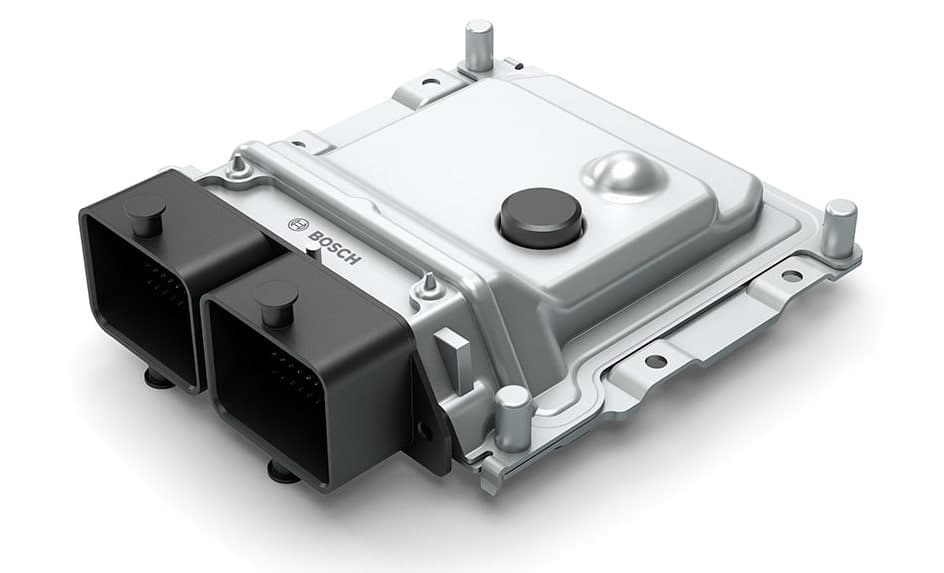
An ECU is a gadget that controls and connects different electronic configurations or modules in a vehicle. The working of an ECU relies upon numbers and parameters installed in its memory. The sensors around the vehicle feed the ECU with information and it works by making changes according to the information.
31. Air Filter: ( Parts of Car )
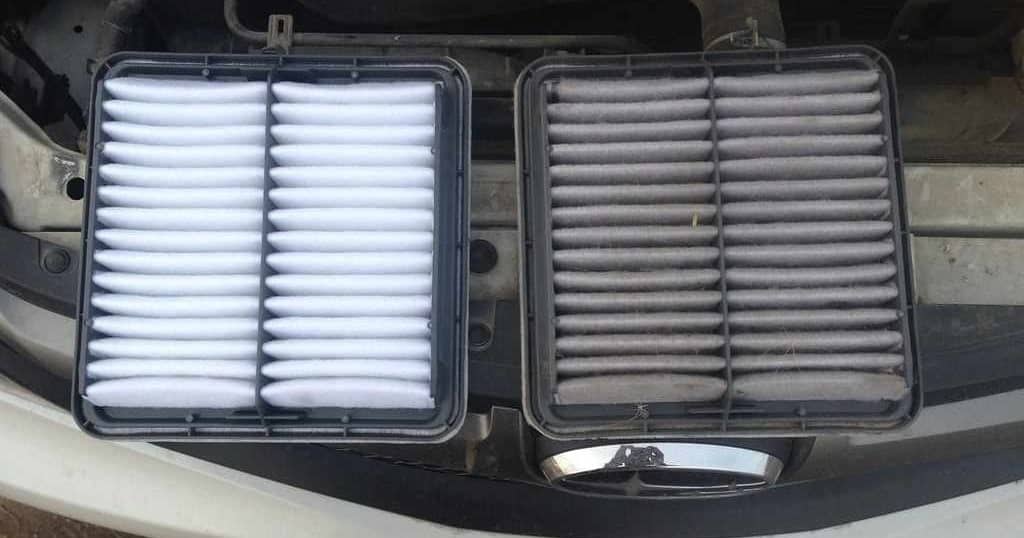
The Purpose of an air filter is that engine requires to mix up with fuel for the combustion process. In this way, it is important to clean the air before it is passed on to the cylinders to forestall dust, soil, coarseness, and other debris from entering the cylinders. Air filter ensures that clean air enters the cylinders and thus further improves engine execution and efficiency.
32. Proximity Sensors: ( Parts of Car )
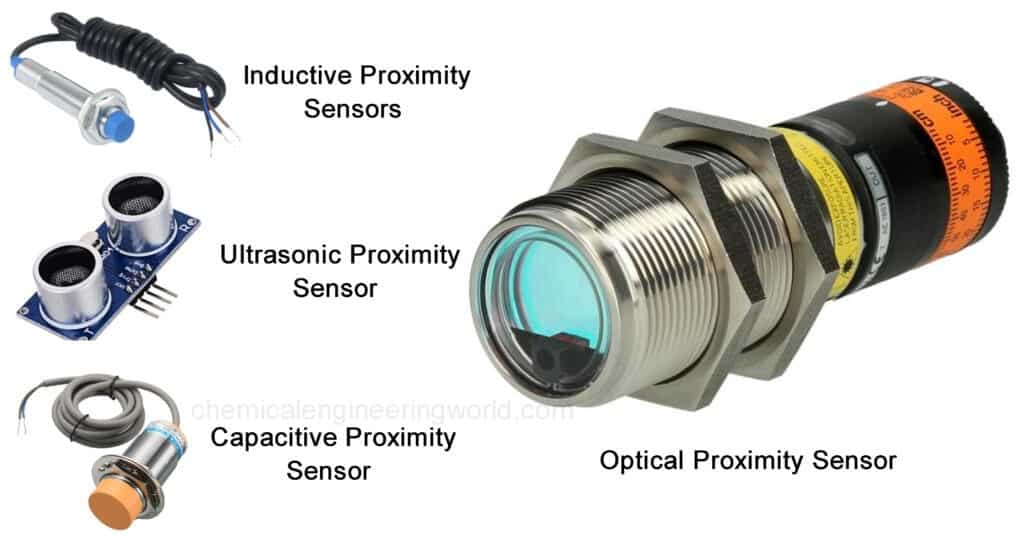
Proximity sensors are mostly mounted on rear bumpers for reverse assistance. Ultrasonic sensors utilize high-frequency straight sound waves to detect objects. The sound pulses are reflected off the close by object and the receiver will receive it. Instead of ultrasonic waves Electromagnetic sensors utilize electromagnetic frequencies. These are mounted inside the bumper instead of Ultrasonic and frequently come with a camera installed together.
33. Seat Belt: ( Parts of Car )
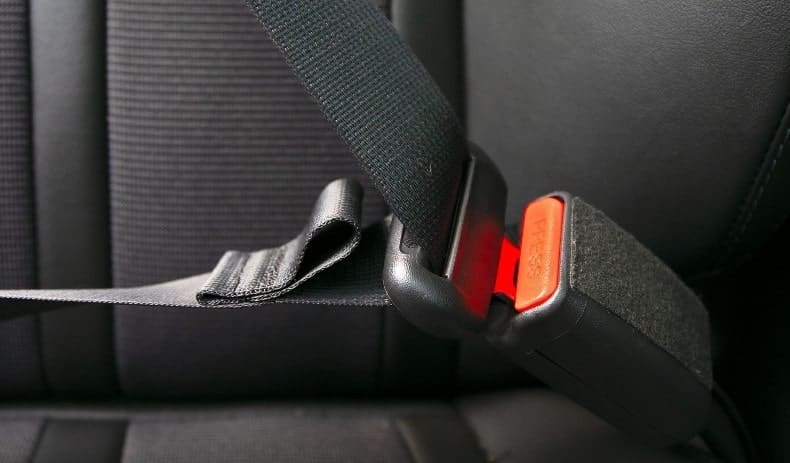
A seat belt is a safety gadget, a belt that is designed to secure travelers in the vehicle against undesirable movements that might be caused during a collision. It assists with keeping the travelers positioned securely and keeps the traveler from being thrown away from the vehicle on impact.
34. Airbags: ( Parts of Car )
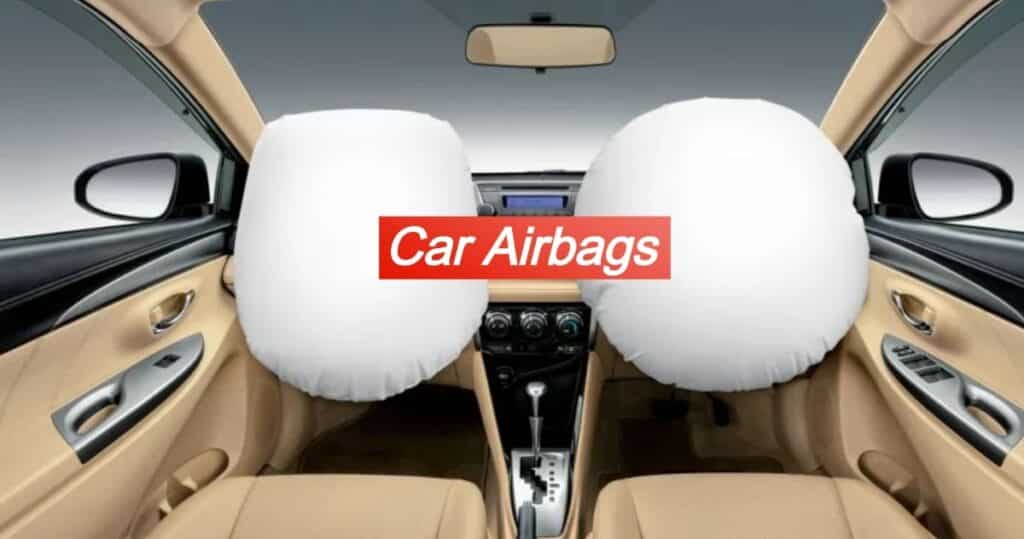
An airbag is a bag designed to inflate rapidly and give cushioning to the travelers of the vehicle upon impact. It safeguards travelers from hitting the interior parts of the vehicle or from throwing the traveler out of their seat because of impact. Airbags are normally provided in front of the passenger, mostly on the dashboard for front travelers.
35. Windshield: ( Parts of Car )
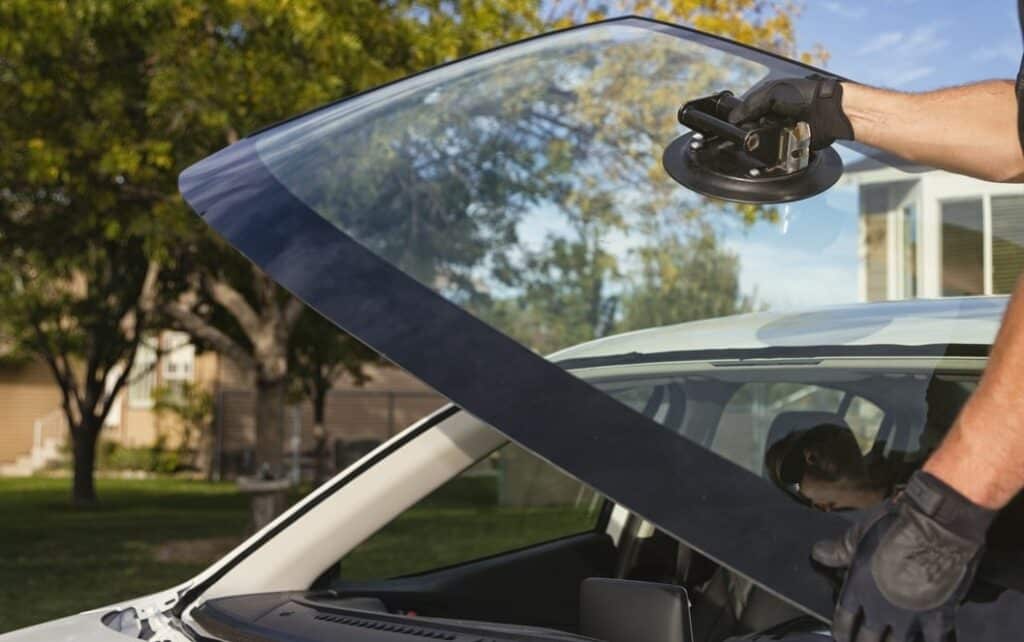
The screen or glass shield at the front end of the vehicle is known as a windshield or windscreen. Protecting the occupants inside and visibility to the driver is utilized. It’s liable for safeguarding the vehicle’s occupants from wind and debris like residue, and bugs.
36. Windshield Wipers: ( Parts of Car )

A windshield wiper is a cleaning tool used to clean the windshield from rainwater, washing liquid, snow, or debris for a clear and visible windscreen. Likewise called car wipers, it is a legitimate safety requirement for each car to have a wiper.
37. Car Hood: ( Parts of Car )

A vehicle hood otherwise called a bonnet is a metal cover that is hinged and rested on the facade of the vehicle. Covering the motor of the vehicle in front-motor vehicles is utilized.
Giving simple admittance to the engine for repair and maintenance is pivoted. A latch located inside is utilized to set up a lock and hold down the hood.
38. Trunk: ( Parts of Car )

A car trunk refers to the space at the backside of the vehicle utilized as an essential storage area. It is otherwise called a boot. It is held on by a latch or modern-day vehicles even have a hydraulic system connected with the latch.
39. Wheel / Tyre: ( Parts of Car )
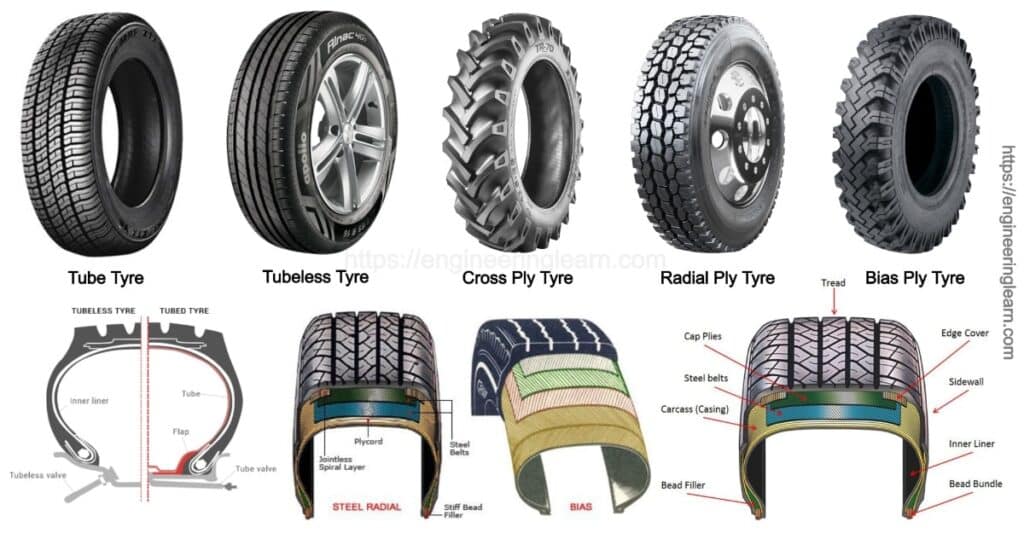
The wheels are wrapped in round-shaped layers of synthetic rubber. This is known as a tire and it’s black. Since rubber is white in nature, a color or a chemical compound called carbon dark is utilized to change over it into black color. Moreover, the tires have treads along the rotating axis to diminish the heat and have a superior grip on the road.
40. Fuel Tank: ( Parts of Car )
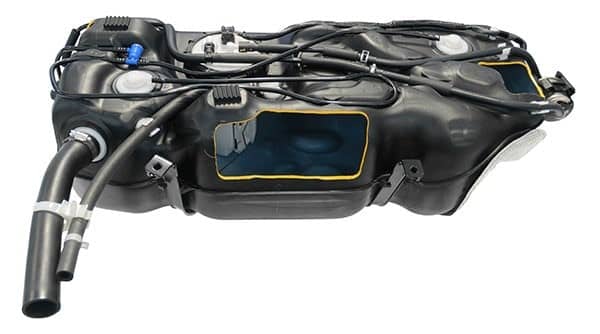
A fuel tank is a part of the engine system which is used to store combustible liquids and release them into an engine. It is generally situated under the center segment of the car. The tank is topped off using a little gas tank cap situated outwardly on the body of the vehicle. The fuel cap prevents the section of toxins into the gas tank.
41. Lights: ( Parts of Car )

A. Headlights
Headlights have evolved throughout the years and modern vehicles have different sorts of headlights. Halogen, Drove, Stowed away, Laser, Projector, and matrix are the sorts of headlights in modern cars. Headlights give clear enlightenment of the street ahead and work with a fatigue-free drive for the driver.
B. Tail Lights
Taillights are mounted over the bumper and are red. Taillights are utilized to make the cars behind aware of your presence on the road headed for safe travel in the dark.
C. Indicator Lights
Indicator lights are direction indicator lamps or blinkers, otherwise called signals. These are blinking lamps mounted alongside the headlights and tail lights. It is utilized to indicate a change of direction of the vehicle to different vehicles on the road, prior to making the turn.
42. Speedometer: ( Parts of Car )

A speedometer is a speed indication gadget utilized in vehicles to show speed. It is combined normally with a gadget called an odometer that records the distance you have traveled. If you want to see the distance covered or speed you can check on the speedometer.
43. Odometer: ( Parts of Car )
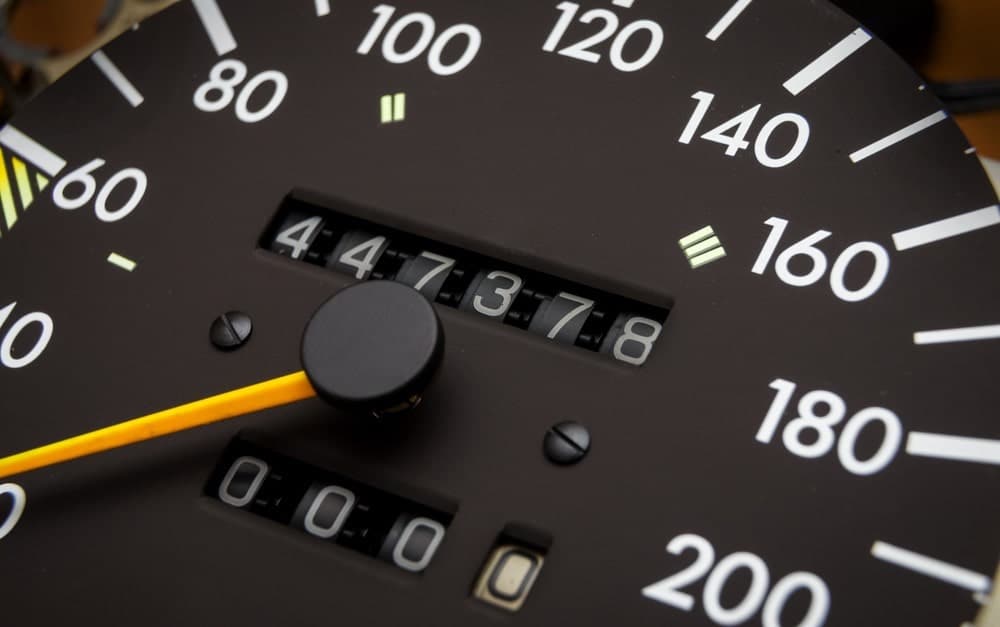
The odometer is a significant aspect, taking everything into account on the grounds that the odometer assists the users with recording the distance covered by the vehicle after the last maintenance and supplant significant parts before breaking the limit set by the manufacturer for ideal utility. The odometer could be mechanical or digital based on the view because of your vehicle and it is located just underneath the speedometer.
44. Fuel Gauge: ( Parts of Car )

An estimation gadget used to measure or show the fuel level present inside the fuel tank of the vehicle is known as a fuel gauge. It has a scaling unit present inside the fuel tank to detect how much fuel is and sends the information to the indicator or gauge.
45. Temperature Gauge: ( Parts of Car )
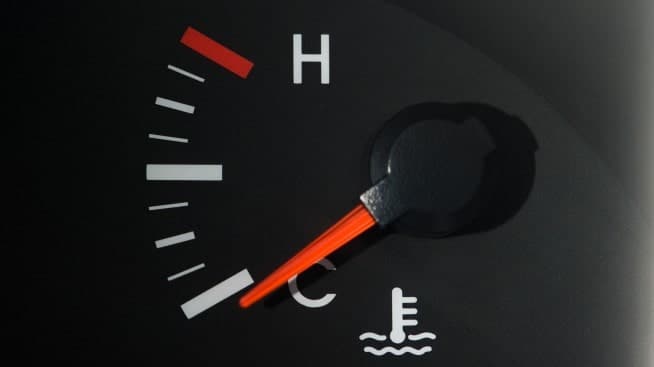
Engines work under high-temperature ranges and should be cooled constantly for safety purposes. A gauge is designed to quantify the temperature of the engine’s coolant. It has a sensor, located in the thermostat housing to detect the temperature of the coolant and send an electric signal to the car’s ECU.
46. RPM Gauge: ( Parts of Car )
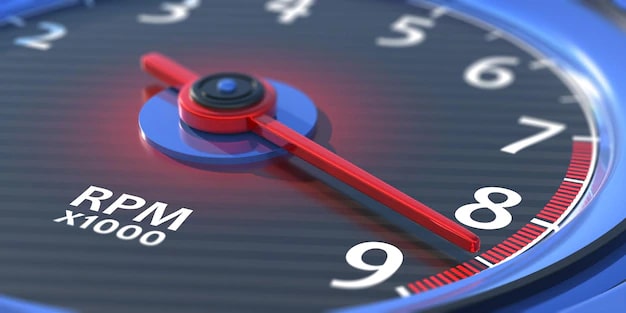
A tachometer is an indication or sign device that measures and demonstrates the rotation speed of the crankshaft. The gadget displays the speed with revolutions per moment (RPM) unit. The numbers demonstrated on the tachometer are usually multiplied by 1000 revolutions which are shown near the speedometer and temperature gauge.
47. Cruise Control: ( Parts of Car )
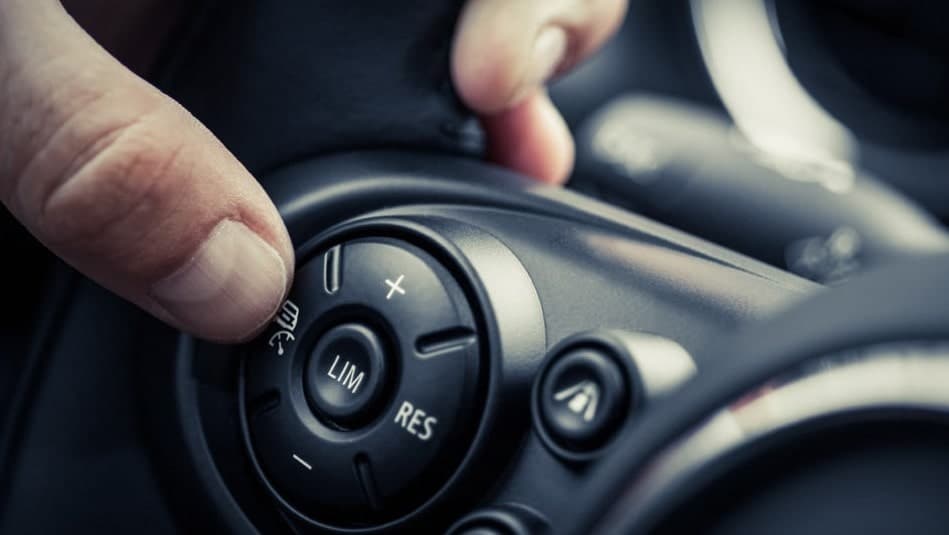
A cruise control feature may be a high-level type of innovation used in cars yet the number of cars with cruise control systems has increased dramatically as of late. A feature lessens exhaustion of the drivers while driving over a significant distance.
48. Battery: ( Parts of Car )

The car battery is additionally an essential component of car function as it provides the electricity needed for all electrical parts to work. It is a battery-powered battery to start the electric starting engine or ignition system which in turns starts the engine. It controls the starter, headlights, sound system, and other electrical accessories.
49. Tailpipe: ( Parts of Car )
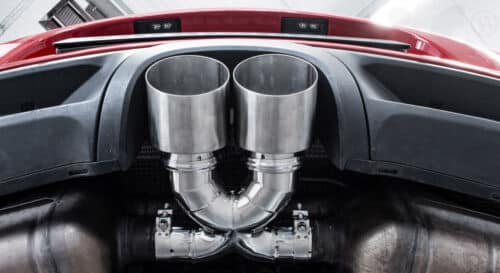
The Tailpipe is essential for your vehicle’s exhaust system. Like a chimney on a house, it is designed to release exhaust away from the vehicle and further into the air. Exhaust pipes connect with the muffler and are frequently attached to the rear end of the car with a bracket.
50. License Plate / Bumper Stickers: ( Parts of Car )

Each car should have a license plate for identity proof. This car likewise has numerous bumper stickers. These are decorations you can put on your car.
What are the Benefits of Buying Used Car Parts?
A) Functionality and Match
Quality ought not to be compromised for a more prominent expense. Since they are produced as per Unique Hardware manufacturer specifications, utilized car parts fit and perform better.
B) Accessibility of Parts
Finding new components can sometimes be challenging. you’ll have the option to find used parts for the majority of various vehicles, makes, and models. Numerous car parts are broadly open and will finish the work in a fine way, so there’s a compelling reason need to look all over for that replacement part for your vehicle.
C) Not All Salvaged Vehicles are Junk
At the point when a vehicle is being salvaged or destroyed, it has various functional parts. For example, regardless of whether an SUV gets hit toward the front and the insurance agency declares it a “complete loss,” we might in any case recuperate a lot of the inside and outside components from the rest of the car.
D) Environmental Concerns
Since it is a sort of recycling, choosing utilized vehicle parts over new ones is essentially better for the environment. Buying utilized components lessen the need to produce new vehicle parts, safeguards our natural resources, and keeps recyclable materials out of landfills.
E) Saves Money
With regard to car components, the key question is execution versus cost. All in all, will the expense of a part be legitimate by the worth of the entire product? The best decision is once in a while to get brand new vehicle components.
Conclusion
Modern automobiles utilize a wide variety of accomplices to make driving more secure and more comfortable. Several models are self-starter driving and signaling lights, for example, headlights, taillights, brake lights, stopping lights, windshield wipers, horns, markers, radio, warming, cooling systems, power steering, etc. if you need to get a good deal on high-quality parts that are ensured to fit and work accurately.

